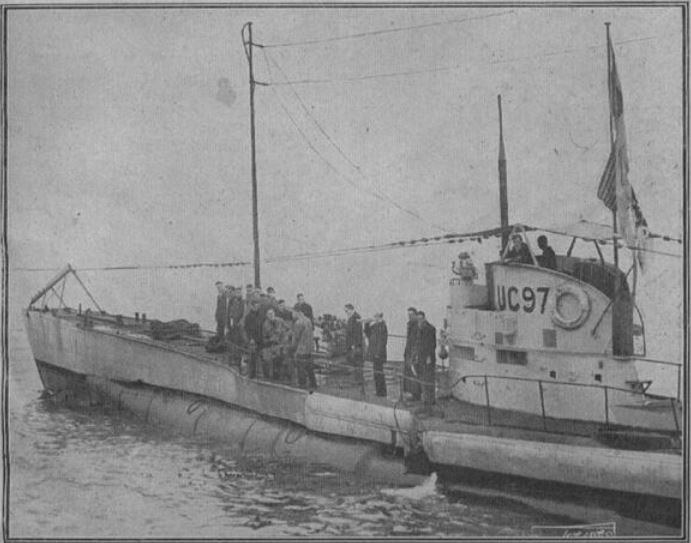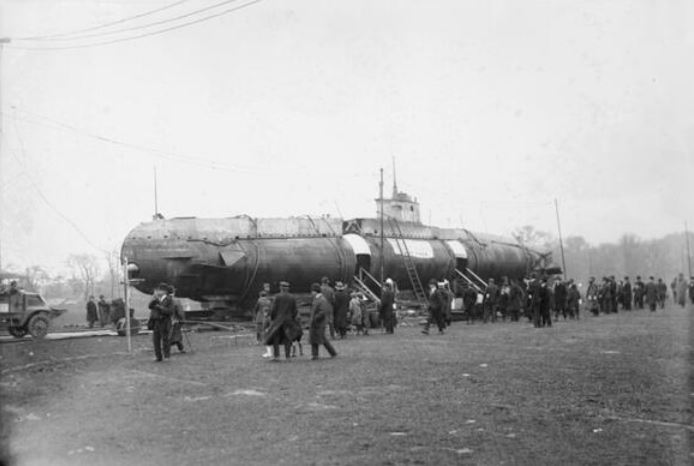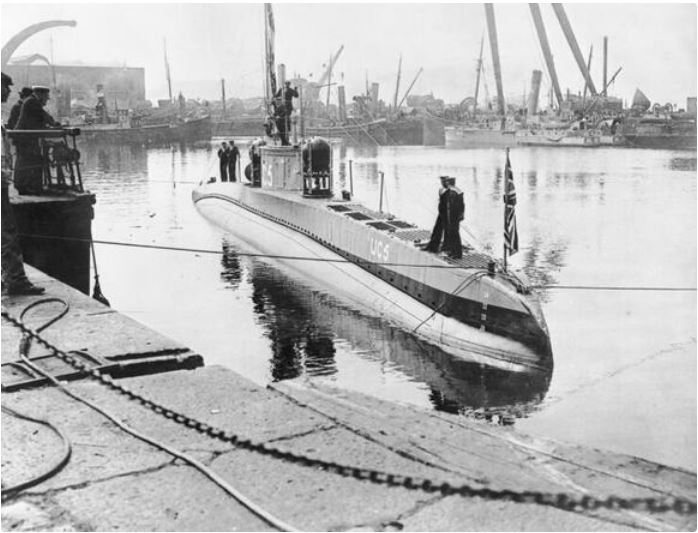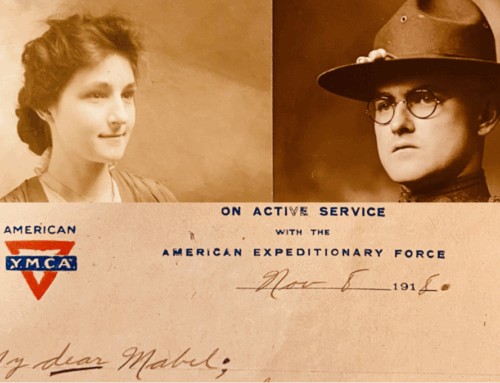The location of a WWI-era German U-boat at the bottom of Lake Michigan is a closely guarded secret
Published: 4 April 2025
By Jesse Beckett
via the NEWSBREAK website

U-97
UC 97 after being captured. (Photo Credits: Garitan / Le Pays de France N° 242 / Wikimedia Commons CC BY-SA 3.0).
Resting beneath the surface of Lake Michigan is a 185-foot German U-boat—an unexpected find, especially since no German submarines ever operated in the Great Lakes during either World War. So how did a U-boat end up thousands of miles from the battlefields of Europe? The journey of this submarine from the depths of the Atlantic to the heart of America is one of the most fascinating—and unlikely—stories from the aftermath of World War I.
German U-boats after WWI
It was 1919, and WWI had ended in November of the previous year. After four vicious years of war, Europe was finally on the path to recovery. When the Armistice was signed , Germany was instructed to hand over its ships to the British. This was the start of a process that would lead to the dissection of Germany, military and financially. The Treaty of Versailles forced Germany to disarm and pay huge amounts in reparations for damage caused during the war.
Instead of handing their ships over, Germany broke the agreed terms of the Armistice and scuttled most of them . However, their U-boats managed to escape this fate and ended up in the hands of the British. Germany had been the technological leader of submarine warfare and design up until that point, so these U-boats were valuable pieces of equipment.
The US saw U-boats as a way to fix some of their wartime debt

German U-Boat, The SM UC-5 , a German Type UC I minelayer submarine (U-boat) brought to New York City and renamed U-Buy-a-Bond . (Photo credits: Heritage Art / Heritage Images / Getty Images).
After World War I, the British took control of 176 German U-boats and handed many of them out to Allied nations for study. However, there was a catch: once the submarines were no longer useful, they had to be sunk in deep waters to prevent anyone from recovering them.
The United States, meanwhile, wasn’t very interested in keeping the U-boats. U.S. military leaders believed their own submarines were superior and figured the technology wasn’t worth the trouble. There was also talk of banning submarines altogether, since the British had pushed for a complete ban after the massive destruction caused by subs during the war.
Still, some people saw an opportunity. The war had left the U.S. with a big national debt, and one creative proposal suggested using the captured submarines to raise money. The idea was to take the U-boats on tour around American ports, where the public could pay to see them up close. The admission fees would then help pay off government bonds and reduce the debt left behind by the war.
→ Read the entire article on the NEWSBREAK website.
External Web Site Notice: This page contains information directly presented from an external source. The terms and conditions of this page may not be the same as those of this website. Click here to read the full disclaimer notice for external web sites. Thank you.




